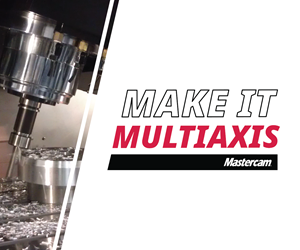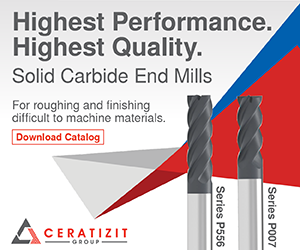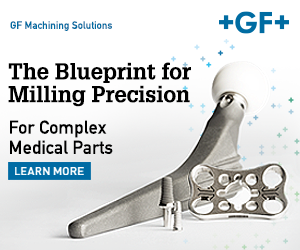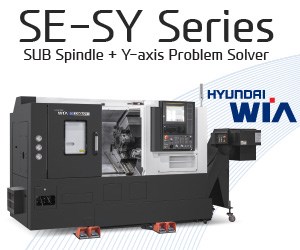Stay on Course by Digitalizing Shop Processes and Business Procedures
On the road ahead, manufacturers will have to keep their eyes on leading-edge business practices as well as innovative production processes, while being mindful about a powerful synergy between them.
“When you come to a fork in the road, take it.”
That peculiar piece of advice, attributed to Yogi Berra, is precisely correct for today’s shop owners and plant managers. We are at a fork, and we have to take it. What I mean is, big trends affecting manufacturing are afoot, and they need prompt responses. Not that we are being pulled in opposite or even divergent directions, but the danger is that trends on one side could draw attention away from those on the other.
To explain, let’s start with this simple definition of manufacturing: Manufacturing is the business of making things. Right now, I believe the business portion of this formula is poised to undergo radical change. New structures are being put in place for finding, interacting with and serving customers. These include developments such as cryptocurrency, blockchain technology, smart contracts and trustless collaboration. The making-things portion of this formula is at a similar point. In metalworking, unprecedented approaches to producing parts are on the near horizon. These include applications of artificial intelligence, high-energy metal removal processes, hybrid additive/subtractive techniques and remarkable cutter geometries powered by inventive programming software.
The challenge will be to grasp and implement these developments in a balanced, complementary fashion. It will be a juggling act, a two-front campaign, a dual-mode strategy. For some manufacturers (perhaps those involved in high-volume, low-margin production), the business side will feel a greater impact. For others (perhaps those conducting high-value, high-mix operations), the making-side may undergo the greatest transformation. There will be some magic ratio.
Many companies will be in a race to adopt the latest in shopfloor technology, but if their digital, cloud-based marketing and sales infrastructure falls behind, the earning power of those machining assets may be held back. Likewise, the company that positions itself to engage customers in an interactive, digital ecosystem without having highly responsive, top-notch production capability ready may still miss its profit targets. The point is, the biggest winners will be the shops and plants in which managers keep their eyes on leading-edge business practices as well as innovative production processes, while being mindful about a powerful synergy between them.
To be clear, the trends on the business side and on the making-things side of manufacturing are inextricably entwined. They are all part of the digitalized and globally networked framework that is emerging. The key will be examining the many-sided implications of each advance as it presents itself. How will a new metalworking process change the way we do business? How will a new business procedure change the way we run the shop floor? Both questions certainly will have answers involving digital connectivity, interoperability and data analytics, and they may arrive from unfamiliar and surprising sources.
The developments propelling us forward on both sides of the manufacturing formula are bigger and faster moving than we might expect. We’ve come to a fork in the road, and we will have to take it for all it’s worth.
















